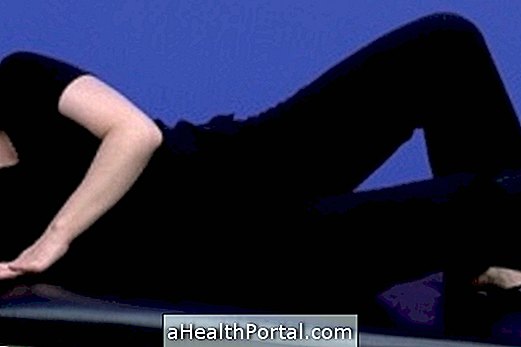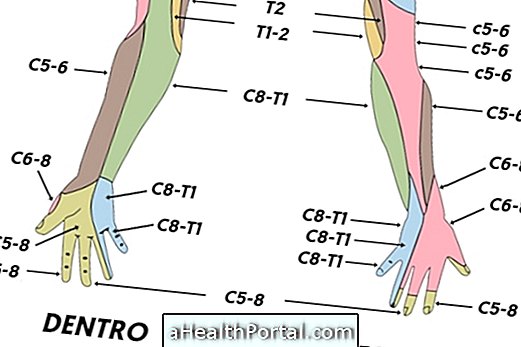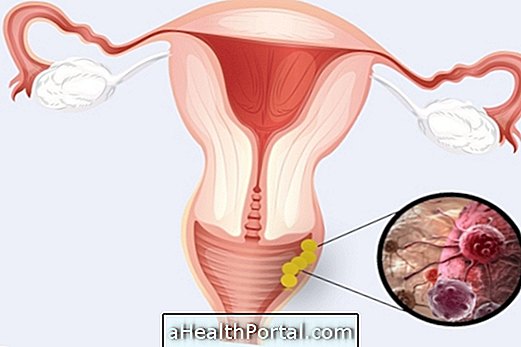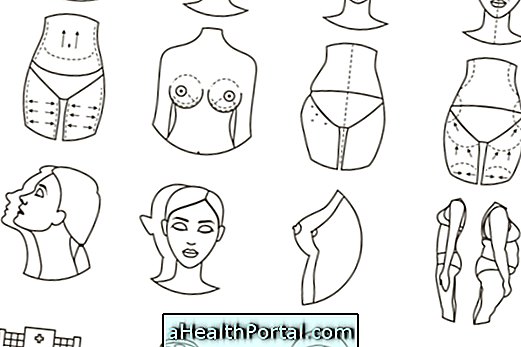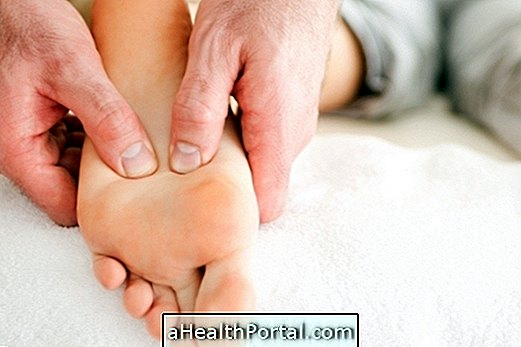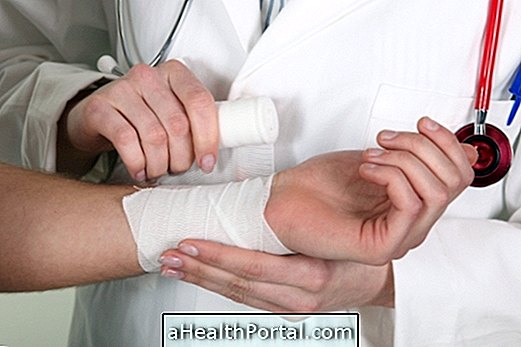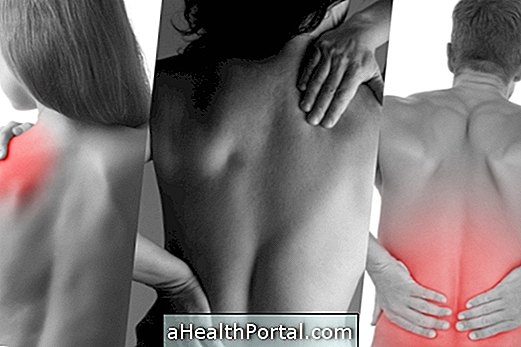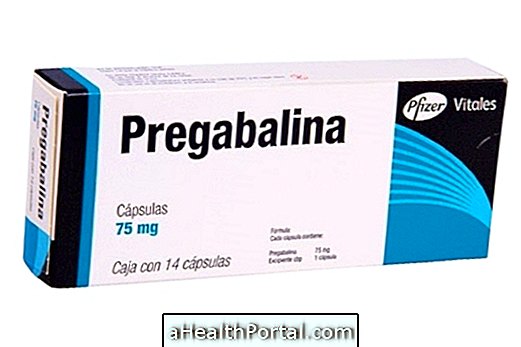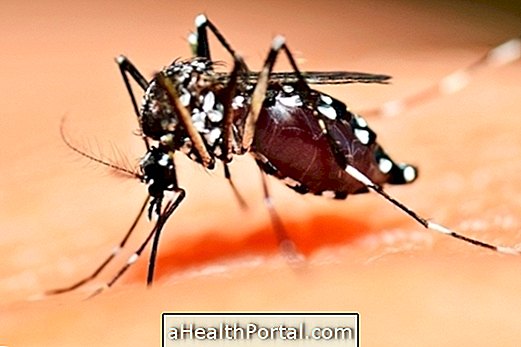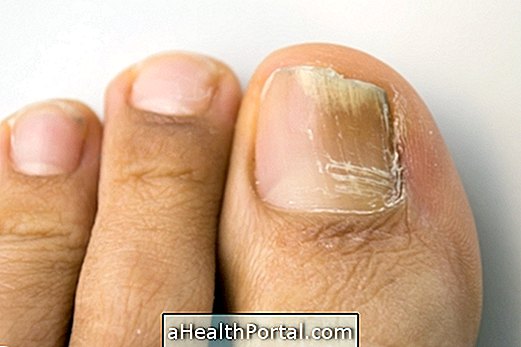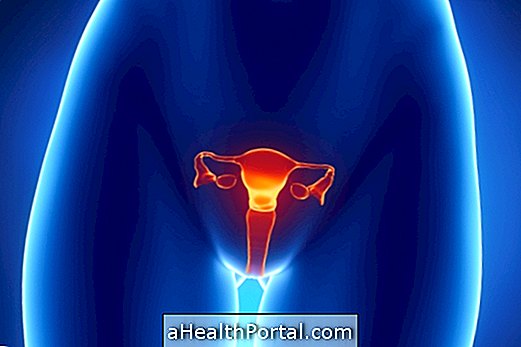Dystonia is characterized by involuntary muscle contractions and uncontrollable spasms, which are often repetitive and may cause unusual, strange, and painful postures.
Generally, muscle dystonia arises due to a brain problem in the nervous system responsible for controlling muscle movement. This problem in the brain may be genetic or arise as a consequence of an illness or injury such as stroke, Parkinson's disease, head bump or encephalitis.
Dystonia has no cure, but muscle spasms can be controlled with treatment, which can be done with botulinum toxin injections, known as botox, remedies, physical therapy and surgery. Here's how botox works.
Types of dystonias
Dystonias can be classified as follows:
Focal dystonia
It affects only one region of the body, causing involuntary contractions and spasms in the affected muscles. Some examples are Cervical Dystonia, which affects the neck, causing symptoms such as involuntary tilting of the neck forward, backward or sideways, with pain and stiffness, or Blepharospasm that affects the eyelids, causing uncontrollable closure of the eyes.
Dystonia Segment
It affects two or more regions of the body that are interconnected, such as Oromandibular Dystonia, which affects the lower facial muscles, tongue or jaw, and may cause symptoms such as facial distortions, including grimaces and frowning, and the opening or closing of the jaw out and up repeatedly.
Multifocal dystonia
It affects two or more regions of the body that are not interconnected, such as the left arm and the left leg, for example, causing involuntary muscle contractions in the affected muscle group.
Generalized Dystonia
It affects the trunk and at least two other parts of the body. It usually begins in childhood or adolescence and begins with involuntary contractions in one limb, which then spread to other parts of the body, such as in Torsion Dystonia, which begins in a foot or lower limb and then spreads through the body. cause difficulty walking.
Hemidistonia
An entire side of the body is affected, causing involuntary spasms and stiff muscles on one side of the body.
There is also Neurovegetative Dystonia, which results from an imbalance of the autonomic nervous system and the neurovegetative system, which is responsible for involuntary actions such as heart beats or digestion, for example.
Treatment for dystonia
The treatment for dystonia is always done with medical indication and may involve the injection of botulinum toxin, also known as botox, into the affected muscles, the ingestion of drugs to control muscle spasms and, in some cases, surgery.
The treatment aims to control involuntary muscle contractions and, consequently, improve the patient's appearance and quality of life.
Read more about the various treatment options in: Treatment for dystonia.



